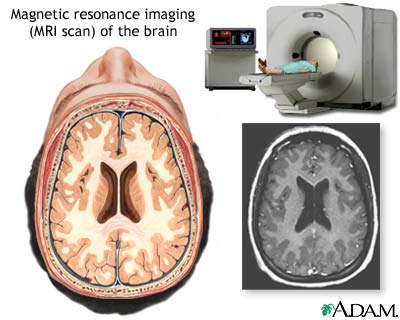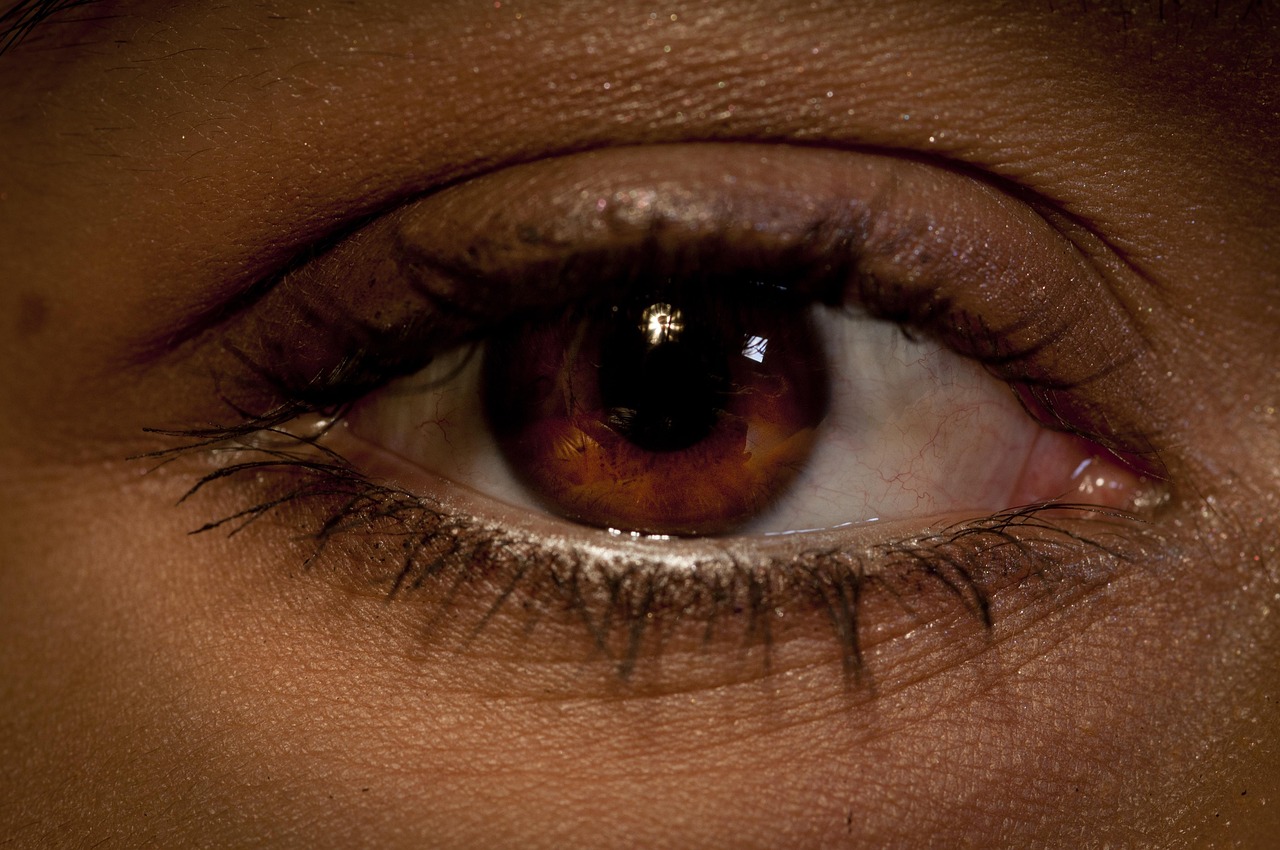Multiple Sclerosis Lesions:
What They Mean
and How to Manage Them
Multiple Sclerosis lesions, also called plaque or white spots. If you’ve been living with multiple sclerosis (MS) for a while, you’ve probably heard about them—those white spots that show up on an MRI scan. They’re the hallmark of MS, but what do they actually mean for your symptoms and disease progression?
Lesions are areas of damage or inflammation in the central nervous system (CNS), caused by the immune system attacking the myelin sheath—the protective covering around nerves. The location, size, and type of lesions can affect different functions, leading to a wide range of symptoms.
Understanding what lesions mean, how they impact your body, and what you can do to manage their effects can help you feel more in control of your MS journey.
Different Types of MS Lesions and Their Impact on Symptoms
Not all MS lesions are the same, and their location in the brain or spinal cord determines which symptoms you experience.
1. Active Inflammatory Lesions
- These lesions show ongoing inflammation, meaning the immune system is actively attacking myelin.
- They often appear bright on an MRI with contrast dye.
- Symptoms may include fatigue, weakness, numbness, vision problems, and cognitive issues.
2. Chronic Lesions (Black Holes)
- Over time, some lesions stop being inflamed but leave permanent damage.
- These areas of nerve loss appear as black holes on an MRI.
- They may contribute to long-term disability, affecting mobility, coordination, and cognitive function.
3. Spinal Cord Lesions
- Lesions in the spinal cord can affect movement, sensation, and bladder control.
- They may cause weakness, stiffness, or difficulty walking.
- Some people experience numbness or tingling in the limbs.
4. Brainstem Lesions
- The brainstem controls basic functions like breathing, swallowing, and eye movement.
- Lesions here may cause dizziness, difficulty speaking, swallowing issues, or double vision.
5. Cortical and Subcortical Lesions
- These lesions affect the outer layers of the brain, impacting thinking, memory, and emotions.
- They may contribute to cognitive decline, depression, and mood swings.
Each person’s MS experience is unique, and the severity of symptoms doesn’t always match the number or size of lesions. Some people have few lesions but severe symptoms, while others have many lesions with mild symptoms.
It is also possible to have no lesions and still have MS. Here's a short video talking about this phenomenon.
How Lifestyle Changes and Treatments Can Help Manage the Impact of multiple sclerosis lesions
While MS lesions can’t be erased, there are ways to slow their progression, reduce inflammation, and improve overall function.
1. Disease-Modifying Therapies (DMTs)
- DMTs help reduce the number of new lesions and slow disease progression.
- Options include injectable, oral, and infusion-based treatments.
- Early treatment can help preserve nerve function and reduce relapses.
2. Anti-Inflammatory Diet
- Eating anti-inflammatory foods may help reduce flare-ups and support brain health.
- Focus on leafy greens, fatty fish, nuts, berries, and olive oil.
- Avoid processed foods, refined sugars, and excessive dairy.
3. Exercise and Physical Therapy
- Regular movement helps maintain mobility and strength.
- Low-impact activities like yoga, swimming, and resistance training can improve balance and flexibility.
- Physical therapy can help target specific weaknesses caused by lesions.
4. Stress Management
- Chronic stress can worsen inflammation, leading to more lesions over time.
- Meditation, deep breathing, and mindfulness can help reduce stress levels.
- Prioritizing rest and relaxation is essential for MS management.
5. Vitamin D and Sunlight Exposure
- Low vitamin D levels have been linked to higher MS risk and progression.
- Spending time in natural sunlight or taking vitamin D supplements may help support immune function.
6. Sleep and Recovery
- Poor sleep can worsen fatigue and cognitive issues.
- Creating a consistent sleep routine and managing pain or discomfort can improve restorative sleep.
How MS Lesions Affect Different Body Functions
MS lesions can appear anywhere in the central nervous system (CNS)—which includes the brain, spinal cord, and optic nerves. Because the CNS controls everything in the body, lesions can lead to a wide range of symptoms, depending on where they form.
Let’s break down how different types of lesions affect specific body functions and what that means for daily life with MS.
1. Motor Function: Weakness, Stiffness, and Coordination Issues
Lesions in the motor cortex or spinal cord can disrupt signals that control muscle movement. This can lead to:
- Muscle weakness – Difficulty lifting objects, walking, or standing for long periods.
- Spasticity – Stiffness or tightness in muscles, making movement harder.
- Coordination problems – Trouble with balance, leading to falls or difficulty with fine motor tasks like buttoning a shirt.
If lesions affect the cerebellum, which controls balance and coordination, you may experience tremors, dizziness, or difficulty walking smoothly.
2. Sensory Function: Numbness, Tingling, and Pain
Lesions in sensory pathways can cause abnormal sensations, including:
- Numbness or tingling – Feeling like your limbs are asleep or buzzing.
- Burning or stabbing pain – Some people experience neuropathic pain, which feels like electric shocks or deep aching.
- Temperature sensitivity – Difficulty regulating body temperature or feeling extreme heat/cold.
These symptoms can come and go or persist, depending on lesion activity.
3. Vision: Blurry Sight, Double Vision, and Optic Neuritis
Lesions in the optic nerve can lead to vision problems, including:
- Optic neuritis – Inflammation of the optic nerve, causing blurry vision, pain, or temporary vision loss.
- Double vision (diplopia) – Eyes not aligning properly, making objects appear doubled.
- Difficulty focusing – Trouble adjusting to light changes or reading small text.
Vision problems may improve over time, but some people experience long-term changes.
4. Cognitive Function: Memory, Focus, and Processing Speed
Lesions in the frontal lobe or cortical areas can affect thinking and memory, leading to:
- Brain fog – Feeling mentally sluggish or struggling to process information.
- Short-term memory issues – Forgetting names, appointments, or conversations.
- Difficulty multitasking – Struggling to switch between tasks or stay organized.
Cognitive symptoms can be frustrating, but strategies like brain exercises, organization tools, and stress management can help.
5. Speech and Swallowing: Slurred Speech and Difficulty Eating
Lesions in the brainstem can affect speech and swallowing, leading to:
- Slurred speech (dysarthria) – Words may sound unclear or slow.
- Difficulty swallowing (dysphagia) – Trouble chewing or swallowing food safely.
- Hoarseness or weak voice – Speaking may require more effort.
Speech therapy can help strengthen muscles and improve communication techniques.
6. Bladder and Bowel Control: Urgency and Constipation
Lesions in the spinal cord can disrupt signals that control bladder and bowel function, leading to:
- Frequent urination or urgency – Feeling like you need to go often.
- Incontinence – Difficulty controlling bladder movements.
- Constipation – Slower digestion due to nerve signal disruption.
Managing hydration, diet, and pelvic floor exercises can help improve bladder and bowel function.
7. Fatigue: The Most Common MS Symptom
Fatigue is one of the most disabling symptoms of MS, often caused by lesions in multiple areas of the brain.
- MS fatigue is different from normal tiredness – It can feel overwhelming, even after rest.
- Energy levels fluctuate – Some days are better than others.
- Heat sensitivity can worsen fatigue – Hot weather or warm environments may make symptoms more intense.
Managing fatigue involves pacing activities, prioritizing rest, and staying cool.
Understanding Multiple Sclerosis Lesions and Their Impact
Multiple sclerosis lesions may be a part of life, but they don’t have to define your future. By understanding how they affect your body, working with your neurologist, and making lifestyle adjustments, you can take control of your health and live well with MS.
And while there’s still no cure yet, research continues to explore ways to repair myelin and prevent further damage. In the meantime, focusing on treatments, nutrition, movement, and stress management can help you feel stronger and more resilient.
If you'd like to see an image, Multiple Sclerosis News Today has a great one of multiple sclerosis lesions in the brain. (Link will open in a new window).
Dear Friends,
"Life in Spite of MS is a participant in the Amazon Services LLC Associates Program, an affiliate advertising program designed to provide a means for sites to earn advertising fees by advertising and linking to Amazon.com. We're also part of the Ebay Partner Network, another affiliate program."
We'd also like you to know it doesn't cost one cent more when you click through the links here on our blog. Not one single penny. And we will make a little extra cash when you do click through. We'll be ever so appreciative. You also have our word that we'll only link to things that we would use ourselves, (or wish we could have or use).
Sincerely,
Cir & Akrista
You are reading original content written by Akrista or Cir L'Bert of Life in Spite of MS. If you enjoyed reading this blog, please consider following us on Facebook, Twitter, Pinterest, and Instagram. See you there!
Privacy Policy ~ Advertising Policy ~ Disclaimer ~ Contact Us ~ About Us




New! Comments
Have your say about what you just read! Leave me a comment in the box below.